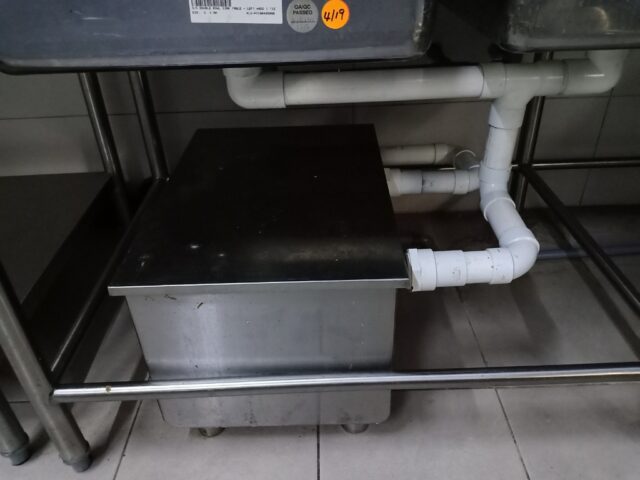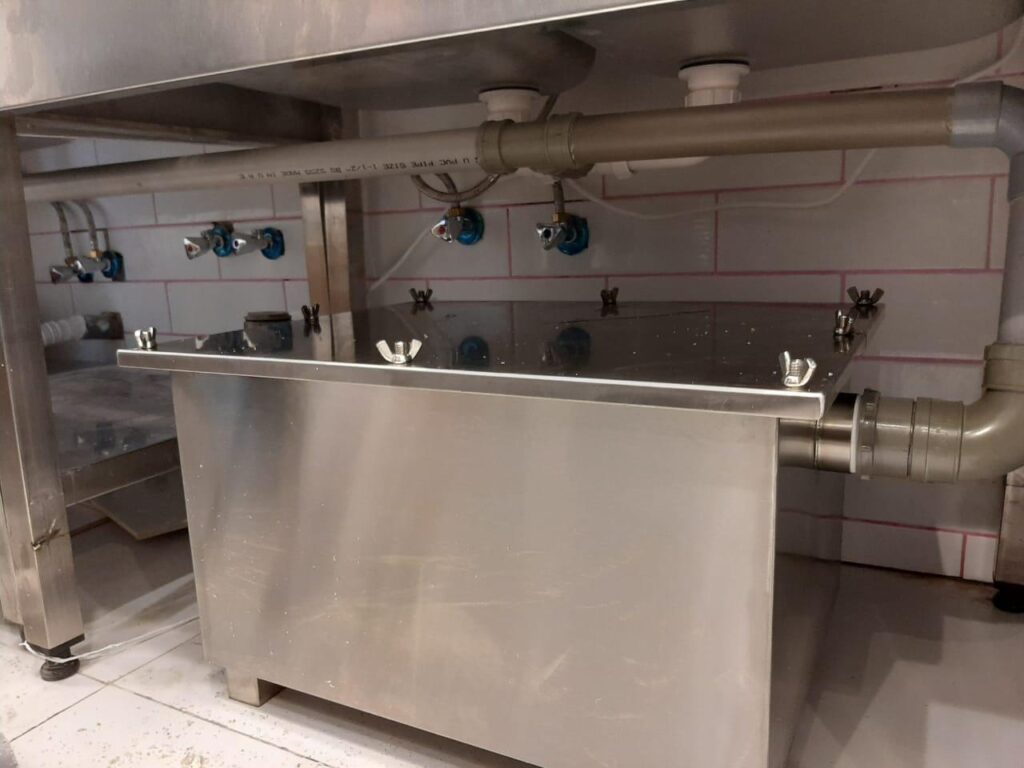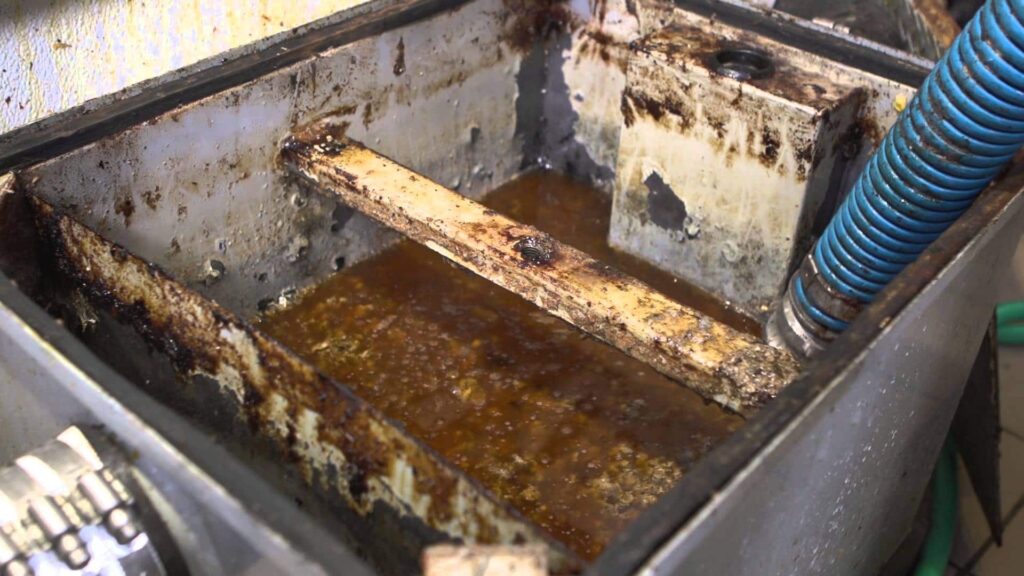
The statistic shows that more than 80 percent of the restaurants lose their business because they don’t manage their equipment properly. The grease traps are one of the most important parts of every kitchen, and in most states, business owners cannot get the needed licenses if they don’t have these units in their kitchens. If you want your equipment to last for a long time, and if you don’t want to fix or replace it every few months, you need to know how to do proper maintenance.
In this article, we are going to talk about grease trap maintenance and we will give you some tips on how you can do that with ease. Pay attention to every little detail, and you will realize that these devices will make your business better, customers happier and you will have no issues with the legal services.
1. Is the device installed properly?

The first thing you need to do to make sure that your device works properly is to ensure that it is installed the right way. Many new owners make the mistake of believing that this process is not important and they end up with a grease system that is not working correctly.
Make sure that the device you purchased is of the right size, and that it will fit in the rest of the installation of the kitchen. Install the trap first, and then the garbage disposal.
2. The trap needs to have grease right away
Now let’s talk about how the system should work. When you install it, it should start trapping the grease in the first few days, so no later than a week after putting it in your kitchen, you should check to see if it is working correctly.
In case there is no grease, you should act right away. See if everything is connected correctly, and see if it is leaking somewhere. You need to notice these issues in the early stages, so you don’t end up with a broken device later on when it is going to be much harder to fix or replace it.
3. Don’t forget about the strainers

Experts suggest that you should install strainers pretty much everywhere in your kitchen so that the device itself does not clog from pieces of food. This means that you should put strainers in the sinks, the floors, and the dishwasher so that when you are cleaning the food off the plates, nothing will fall directly in the trap itself.
By using strainers, you will ensure that the cleaning and maintenance process is faster, easier, and that you will be able to use the device for a long time without it breaking.
4. Don’t pour it down the drain
One thing that is a definite no-no is pouring grease down the drain. This will clog your pipes and it will damage the equipment. You risk your whole kitchen starting to smell like rotting food, and you will lose customers, and possibly your license because of it.
When cleaning the system, you need to store the liquid in a separate container and dispose of it in the correct way. In addition, when you use separate containers, you will be taking care of the environment and you will dispose of the waste properly.
5. Learn when to clean it

It is said that for the big restaurants, you should maintain these parts at least once per week. However, the rule of the thumb is that you should empty and clean it when it is two-thirds filled. Don’t wait for it to fill to the top, because it may start to smell, and the whole process will be harder and longer.
Knowing when the right cleaning time is will help you create a schedule, and you won’t have to check it every single day. This way you can make a maintenance plan, stick to it, and you will never end up with a trap that is too full.
6. Avoid DIY projects
Now let’s talk about DIY projects and why they are bad for you. Many owners think that they can do this on their own, and even though it is true, you need a lot of skills and knowledge. If you do only one thing wrong, you risk breaking the device, and then you will have to spend a lot of money on fixing or replacing it.
According to www.greasetrapchicago.com, can help you out with the pumping, cleaning, maintaining, and even fixing these units, so you won’t have to worry about a thing on your own.
7. Use the right service

When choosing a service to help you out with the process, you need to look for companies that have the needed knowledge and experience. Look for all-rounded professionals, who can also give you an estimate on how and when you should get things done.
Check the recommendations from other restaurants and kitchens, and look for a place that will be able to service your equipment on the same day. Don’t forget that the price plays a serious role, so look for a place that will fit your budget.
8. Food waste is a no-no
The last thing you should know is that no matter how often you clean the units, or what you do to prolong their lives, you should never throw food waste in the traps.
This will clog them, and it will damage them. When the food is decomposing, it will damage the inside of the system, and you risk it breaking and leaking all over the place. Dispose of the food in a separate container and throw it in the right bins. This will save you time and money in the long run.
These are the most important things you should know about equipment maintenance, and if you follow our tips, you will be able to run a successful kitchen with ease. When it comes to pumping the trap, it all depends on the size of your business and the device itself, but experts suggest that you should do it when it is one-quarter full. Talk to the service about the right times for cleaning and maintenance depending on your specific situation.













